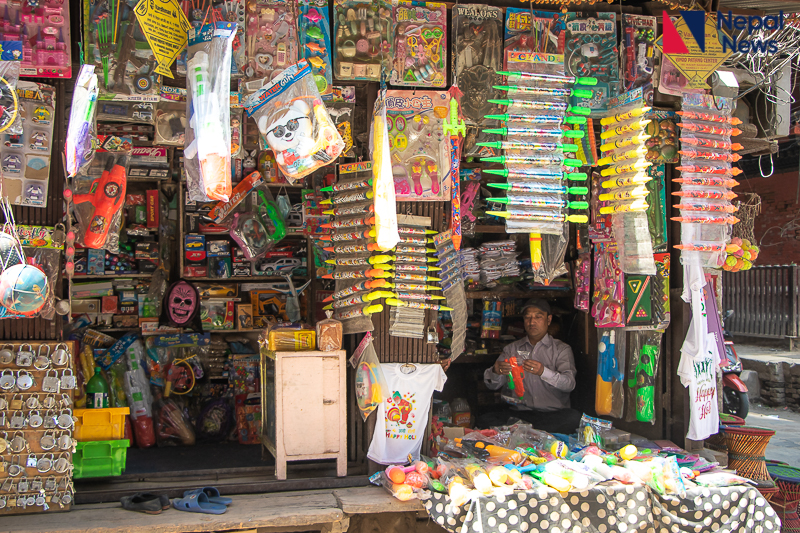

The festival of colors – Holi – is a widely celebrated festival in Nepal. It is significant for all the Hindu devotees. It is held during the full moon day in the Hindu calendar month of Falgun (mid-March). Hence, the celebration of the Holi Festival in Nepal marks the end of the winter and the arrival of spring. People celebrate Holi by gathering with friends and family, smearing colors on each other, playing music and splashing water on each other. Due to the COVID-19 pandemic which started in early 2020, this amazing festival of Holi was badly affected. With COVID cases coming to an end, there hope for a bright future and this year Holi will be celebrated with great excitement in all parts of Nepal. In Kathmandu, tourists enjoy the Holi celebrations in the major tourist spots – Thamel, Kathmandu Durbar Square, Chhetrapati, and Tundikhel. Shopkeepers and street vendors have started selling Holi t-shirts and water gun toys as well